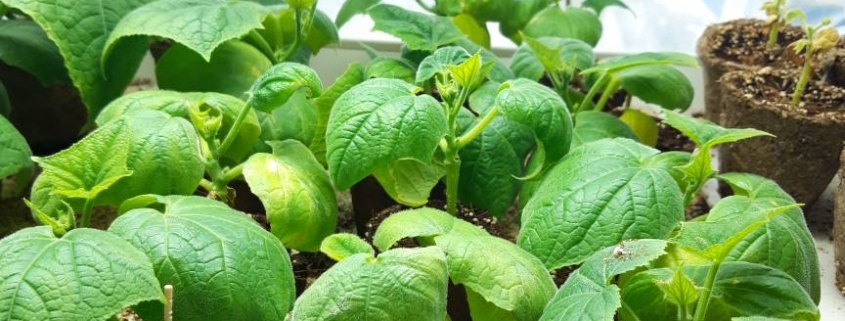Biodegradable Pots as Alternative to Plastic Pots
The people in the current era are to be conscious on the future of environment and as consumers exhibit more environmental awareness, industries are pushed to make their products environmentally friendly and sustainable. In the meantime, the large industry of agriculture and especially horticulture is important because it is directly related to the health of society.
There are several factors that contribute to the sustainability of the horticulture industry, including effective insect control, fertilization, water usage, planting media, container selection, plant selection, and plastic recycling programs.
Marked improvements in the sustainability of the horticulture industry have occurred over the last few decades. Movement towards better management practices in areas such as pesticide (IPM), fertilizer application and water usage characterizes today’s industry. However, several obstacles have to be overcome for true long-term sustainability of the ornamental horticulture industry. One of these obstacles is the abundant use of plastics in the horticulture industry. In the 1960’s, plastic pots were introduced to horticulture as standard. Despite their advantages, they have two major and significant limitations. The container walls are impermeable, so when the roots contact the surface, they tend to circle the container. Root circling lead to weak establishment of the plant into the landscape. The other limitation to plastic is the issue of proper disposal so as not to harm the environment. Recycling of horticultural products such as plastic containers is further complicated by contamination, such as dirt residue, vegetation, moisture, pesticide contamination, and ultraviolet light degradation.
Since recycling options for containers are limited and reuse is not always feasible, the industry needs to move in a different direction to reduce plastic use and become more sustainable. One possible solution is the use of biodegradable containers, or “biopots.” The usage of biopots instead of plastic pots will have a great effect on the protection of the nature. This will support our point of reduce, reuse and recycle. Biopots are defined as pots not made from petroleum, that degrade rapidly. “Rapidly” could be defined as one plant season, or several years, depending on the type of pots being used. Apart from biodegradability, the pot offers many advantages, including no root disorder, no transplant tremor, good water holding capacity and acting as nutrient media support compared to plastic pots.
The major classifications of biospots are two categories: compostable and plantable. Plantable biopots are designed to allow the roots to grow through the container walls so they buried with young plants or seedlings straight into the ground. Not only do biopots reduce energy consumption, but plantable biopots can also reduce transplant shock and the need for disposal.
Compostable biopots are designed to be removed before planting, broken down, and composted. This type of pots degrade at the same rate as paper and eventually break down into carbon dioxide, water, and non-toxic biomass. Many of the compostable containers are derived from renewable raw materials.
Biocontainers can be found in an almost endless variety of waste, recycled, or renewable raw materials such as paper, peat, coconut fiber, rice hull, rice straw, manure, bioplastics and poultry feathers. Particular biopots also have specific added benefits. Coir pots, for example, are made from the fiber of coconut husks and show resistance to bacterial and fungal growth.
There is a lot of research going on focusing on the appearance and durability of biopots in a long-term greenhouse crop. Bio-based containers used less water than standard containers, according to Wang et al. Plants cultivated in nonconventional containers constructed of recycled paper or coir fiber used less water daily, the authors found.
Biodegradable materials are considered to be a revolution for the forthcoming generation where the nature of biodegradability makes it superior to normal plastics.
Even the level of biodegradation can be tailored based on the need by using the specific material of construction. Even if the mechanical properties of the polymers are considered to be poor, it can even be modified by blending with other materials, thereby improving the qualities. Still many researches are going on in the current field to make it an ideal material to improve the economic demand of the materials like biodegradable pots.
Ref:
- Conneway, R. L. (2013). Evaluating Biodegradable Containers as Alternatives to Plastic Pots. West Virginia University.
- Stone, P. F. (2017). Evaluation of Biosolids for Use in Biodegradable Transplant Containers (Doctoral dissertation, Virginia Tech).
- Cherian, E., Arackal, J. J., Jayasree Joshi, T., & Anitha Krishnan, V. C. (2022). Biodegradable Pots—For Sustainable Environment. Biodegradable Materials and Their Applications, 653-671.
This post is also available in: Persian




Leave a Reply
Want to join the discussion?Feel free to contribute!